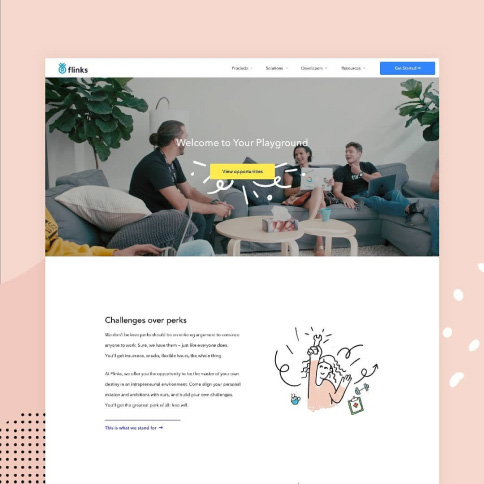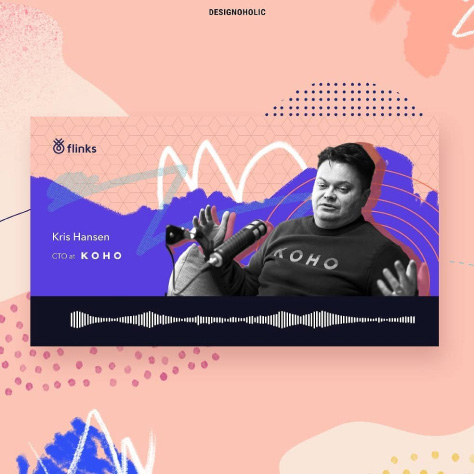
— UI/UX Design and SEO Strategies for Enhanced Online Visibility
— Introduction
In today’s ever-evolving digital landscape, the achievement of online success hinges crucially on the symbiosis between effective UI/UX design and robust SEO strategies. This article will thoroughly explore the pivotal elements of ‘UI/UX Design and SEO Strategies,’ shedding light on their paramount role in propelling business success, amplifying online visibility, and ensuring sustainable long-term growth.
UI/UX Design and SEO Strategies are not just buzzwords but essential components for businesses looking to thrive in the digital age. These strategies have a direct impact on the user experience and search engine rankings, making them indispensable for modern enterprises.
We will discuss the UI/UX Design Important for Business Success in this blog post. The following subjects will be covered:
What is UI/UX design?
The importance of UI/UX design for businesses
How UI/UX design affects customer experience
Enhancing Conversions and Revenue with UI/UX Design
Tips for improving your UI/UX design
— What is UI/UX design?
The Significance of UI/UX Design
UI/UX design is the art of crafting user-friendly digital experiences. It marries visual aesthetics and interactivity, creating products that cater to user needs and enhance brand identity.
The process of designing user interfaces and user experiences for digital products such as websites, mobile apps, and software is referred to as UI/UX design. The focus of UI design is on the visual and interactive parts of a product, while the focus of UX design is on the user’s overall experience with the product.
UI/UX designers strive to create products that are both visually appealing and user-friendly. When designing a product, they consider factors such as the target audience, the user’s goals, and the overall brand identity.
— The importance of UI/UX design for businesses
Why UI/UX Design Matters
Strong UI/UX design differentiates businesses, instilling trust and fostering a unique brand identity. A well-designed website or app promotes customer satisfaction and loyalty, generating positive word-of-mouth marketing.
Businesses need UI/UX design for a variety of reasons. First and foremost, good UI/UX design helps businesses differentiate themselves from their competitors. A website or app that is well-designed can help a business build trust with its target audience and create a strong brand identity.
Furthermore, good UI/UX design can assist businesses in increasing customer satisfaction and loyalty. A user-friendly and visually appealing website or app can create a positive user experience, which can lead to repeat business and positive word-of-mouth marketing.
— How UI/UX design affects customer experience
Enhancing Customer Experience Through Design
Well-designed UI/UX not only fosters great user experiences but also positively impacts SEO by reducing bounce rates and extending user engagement.
It is an important aspect of SEO optimization is optimising on-page elements. Meta descriptions, title tags, header tags, and image alt tags are examples of on-page elements. These elements help search engines understand your website’s content and improve its rankings.
Make certain that your title tags and meta descriptions accurately reflect the content on your website. To structure your content and make it easier to read, use header tags. Additionally, make sure your images have descriptive alt tags that accurately describe the image’s content.
Internal linking is another important on-page component. Internal linking refers to links within your content to other pages on your website. Internal linking helps search engines figure out how your website is organized, which can help your site rank higher.
— Enhancing Conversions and Revenue with UI/UX Design
Driving Conversions and Revenue
A finely-tuned UI/UX design can significantly increase conversions and revenue by guiding users to desired actions and retaining them on the site for longer durations. A well-designed website or app can help users find the information they need and complete desired actions, such as making a purchase or completing a contact form.
Also, good UI/UX design can help businesses lower the number of people who leave their sites and get more people to stay on them. A user-friendly and visually appealing website or app can keep users on the site for longer periods of time, increasing the likelihood of a conversion.
— Tips for improving your UI/UX design
Improving UI/UX Design
- Prioritize accessibility to ensure all users, including those with impairments, can access and utilize your product.
- Identify and address usability flaws or pain points through user testing.
- Continuously adapt your design based on user feedback and evolving business needs.
You may enhance your UI/UX design and give your consumers a better user experience by using the advice in this article.
— Use Social Media to Improve SEO
Harnessing Social Media for SEO
Leveraging social media platforms is a powerful strategy to boost SEO efforts. Sharing content through these channels can amplify website visibility and aid in building valuable relationships with your audience.
— The Importance of Mobile-Friendly SEO
Optimizing for Mobile Devices
As mobile internet usage surges, ensuring your website is mobile-friendly is paramount. Employ responsive design, consider larger fonts, clear images, and intuitive navigation menus to cater to mobile users effectively.
In today’s digital age, an increasing number of people use their mobile devices to access the internet. Indeed, by 2021, mobile devices will account for more than half of all internet traffic worldwide. This implies that your website must be optimised for mobile devices.
To make your website mobile-friendly, use a responsive design that adapts to different screen sizes. This will ensure that your website looks great and functions properly on a variety of devices, including smartphones and tablets. You should also consider using large fonts, clear images, and simple navigation menus to ensure that mobile users can easily navigate your website.
— The Capability of Content Marketing to Attract Visitors and Establish Authority
Empowering Through Content Marketing
Content marketing is a cornerstone of SEO. Create valuable, engaging content that resonates with your audience, attracting more visitors, elevating brand awareness, and establishing your authority within your niche.
When it comes to content marketing, there are a few key strategies to remember. To begin, it is critical to understand your target audience and create content that is relevant to their interests and needs. You should also concentrate on producing content that is engaging, informative, and simple to read. This could include blog posts, articles, videos, infographics, and other types of content
— Increasing the Visibility of Your Content
Amplifying Content Visibility
Promote your content through social media, influencer collaborations, and targeted advertising to reach a broader audience.
This could mean sharing your content on social media, reaching out to people with a lot of influence in your industry to promote your content, or buying ads to get more people to visit your website.
— Developing High-Quality Content to Gain Backlinks
Gaining Backlinks through Quality Content
Link building is one last aspect of SEO to consider. Obtaining high-quality backlinks from other websites in your industry is part of this process. Backlinks are important because they tell search engines that your content is valuable and relevant to other websites.
You should focus on creating great content that other websites will want to link to if you want to build high-quality backlinks. To build your backlink profile, you can also contact other websites in your industry and request a link, or participate in guest blogging opportunities. Focusing on things like keyword research, on-page optimization, mobile friendliness, content marketing, and link building can help you get more people to see your website and reach a bigger audience.
— Conclusion
In summary, SEO is integral to digital marketing strategy. By optimizing your website for search engines, you can attract more visitors, generate leads, and drive business growth. Focusing on elements such as keyword research, on-page optimization, mobile-friendliness, content marketing, and link building, you can enhance online visibility and reach a broader audience.
Latest insights, stories, and news
from Designoholic









